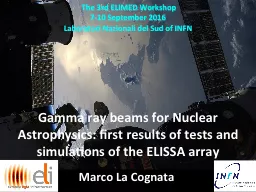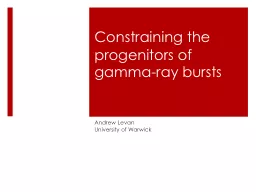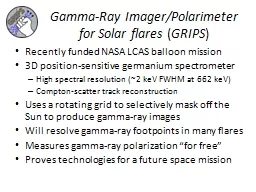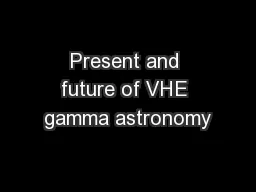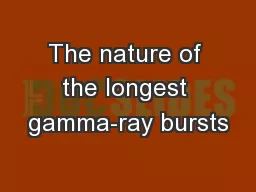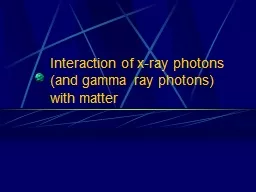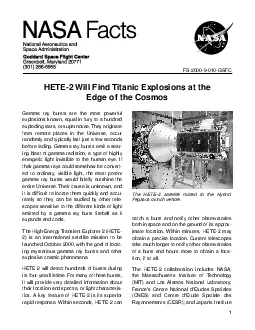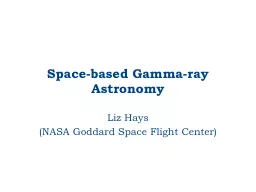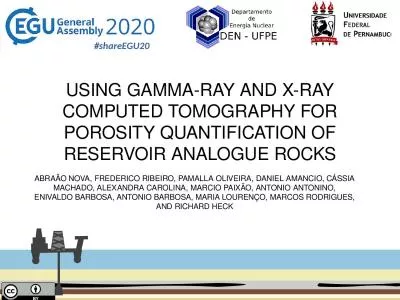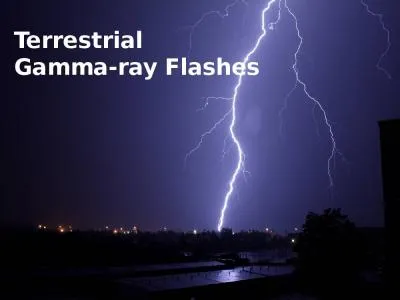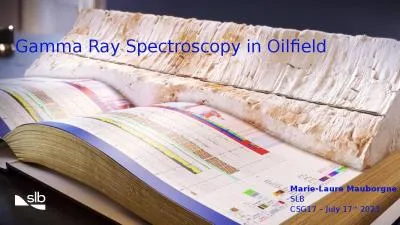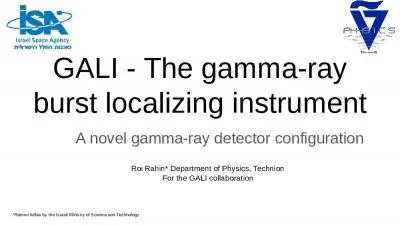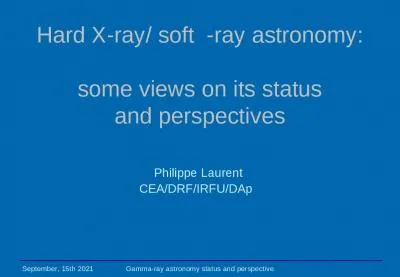PPT-Gamma ray beams for
Author : moistbiker | Published Date : 2020-07-03
Nuclear Astrophysics first results of tests and simulations of the ELISSA array Marco La Cognata The 3rd ELIMED Workshop 7 10 September 2016 Laboratori
Presentation Embed Code
Download Presentation
Download Presentation The PPT/PDF document "Gamma ray beams for" is the property of its rightful owner. Permission is granted to download and print the materials on this website for personal, non-commercial use only, and to display it on your personal computer provided you do not modify the materials and that you retain all copyright notices contained in the materials. By downloading content from our website, you accept the terms of this agreement.
Gamma ray beams for: Transcript
Download Rules Of Document
"Gamma ray beams for"The content belongs to its owner. You may download and print it for personal use, without modification, and keep all copyright notices. By downloading, you agree to these terms.
Related Documents

